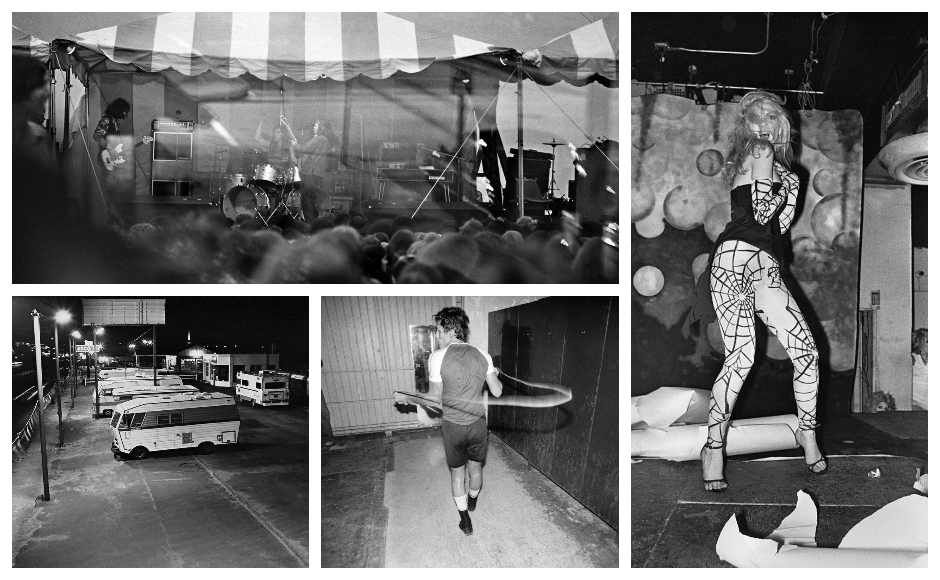 "Joe Clementi NYC 1970-1990" collects the photographer's work from three decades in New York. Credit: Joe Clementi.
"Joe Clementi NYC 1970-1990" collects the photographer's work from three decades in New York. Credit: Joe Clementi. "Joe Clementi NYC 1970-1990" collects the photographer's work from three decades in New York. Credit: Joe Clementi.
"Joe Clementi NYC 1970-1990" collects the photographer's work from three decades in New York. Credit: Joe Clementi. "Joe Clementi NYC 1970-1990" collects the photographer's work from three decades in New York. Credit: Joe Clementi.
"Joe Clementi NYC 1970-1990" collects the photographer's work from three decades in New York. Credit: Joe Clementi.